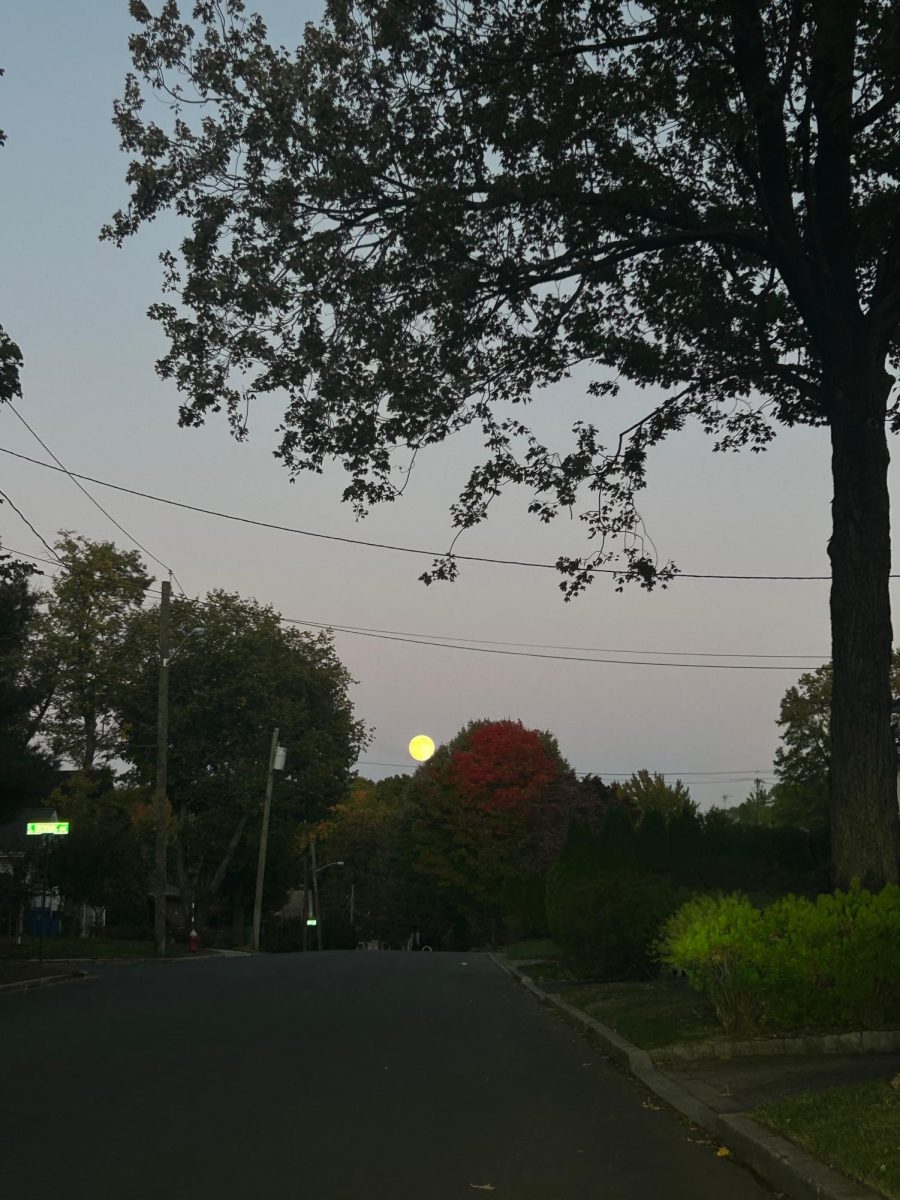As the air chills and trees stand bare, the music filling the ears of students making their way around campus shifts. Embracing the albums of Taylor Swift, Frank Ocean, Zach Bryan and Noah Kahan, calmer and slower tunes have replaced the upbeat music that accompanied the holiday and fall season.
With rain falling to the sound of Swift’s “Cardigan” as one sits tucked away near a window reading their favorite book, or a summer drive accompanied by the blaring sound of Declan McKenna’s “Brazil,” music acts as the soundtrack to life. Yet, like music blends with the backdrop of a scene found in a movie, the lyrics and beats people listen to are often impacted by the ever-changing climate surrounding us. Freshman Jack Tucker commented on how he believes the beats of Frank Ocean’s album Blonde pairs with slower winter days, finding the album to be his go to when studying late at night during the colder months.
“I find that Blonde, the album by Frank Ocean, is definitely one of my most played albums during the winter and fall,” Tucker said. “It’s just more calming and when it gets colder and darker out quicker, I find myself turning toward that vibe of music more when doing homework than that of his other albums.”
Trends of creating playlists for each season, month and year have left Spotify, Apple Music and other platform users in a constant rotation of music taste. The pattern of exploring different sounds that correlate with mood, emotions and the spells of weather that occur outside dorm windows can be explained by science.
In an article written for Psychology Today, journalist Vinita Mehta looked toward psychology for the answers as to why music preference seems to change with the chilling cold and sweltering heat that comes and goes throughout the year. When looking into a study psychologist Terry Pettijohn completed, Mehta found that the change in playlists and music preferences can often be attributed to daylight savings. Pettijohn correlated this change in taste with the change in emotion associated with the shift from season to season, according to psychologytoday.com.
With the crisp air and chilling wind lingering around campus, students are gravitating toward sounds that may reflect their moods about the dreary weather. Freshman Rita Collins discussed the noticeable change she saw in her Spotify Wrapped this past year, as varying artists and sounds were seen throughout different months and seasons.
“I think my music taste totally changes throughout the year and I feel like it was most evident when I looked back at my Spotify Wrapped at the end of the year,” Collins said. “During the winter I listen to music that is slower with my playlists mostly consisting of Zac Bryan and SZA, whereas in the summer I love listening to Morgan Wallen.”
Just as Taylor Swift has had numerous different eras, people tend to go through their own, as they shift between her different albums throughout the year. With Swift’s music ranging from calmer tones found in Evermore and Folklore as she sings about a draining breakup, to lyrics you can scream from Lover and 1989, her music embodies this change. Freshman Sophie Trinh, a massive Swift fan, unpacked her favorite songs and the different seasons they all fit within.
“My mood definitely changes throughout each season and I think when looking at my music, I favor certain Taylor Swift albums and songs in the winter that I don’t find on my summer playlists,” Trinh said. “I absolutely love the song ‘August’ and listening to it reminds me of the summer, however, I wouldn’t really gravitate toward it in other seasons. The same goes for the song ‘Dorothea’, as its calming tone establishes its place on the playlists I curate during the later months of the year.”
As a new season approaches, and students get ready to brainstorm new playlist names, songs and aesthetics, headphones will be filled with the different beats, tones and noises as the shift from mellow winter moods begins. With spring on the horizon, and the promise of warmer weather coming with it, upbeat lyrics will be heard from dorm windows as the flowers bloom and days extend.






